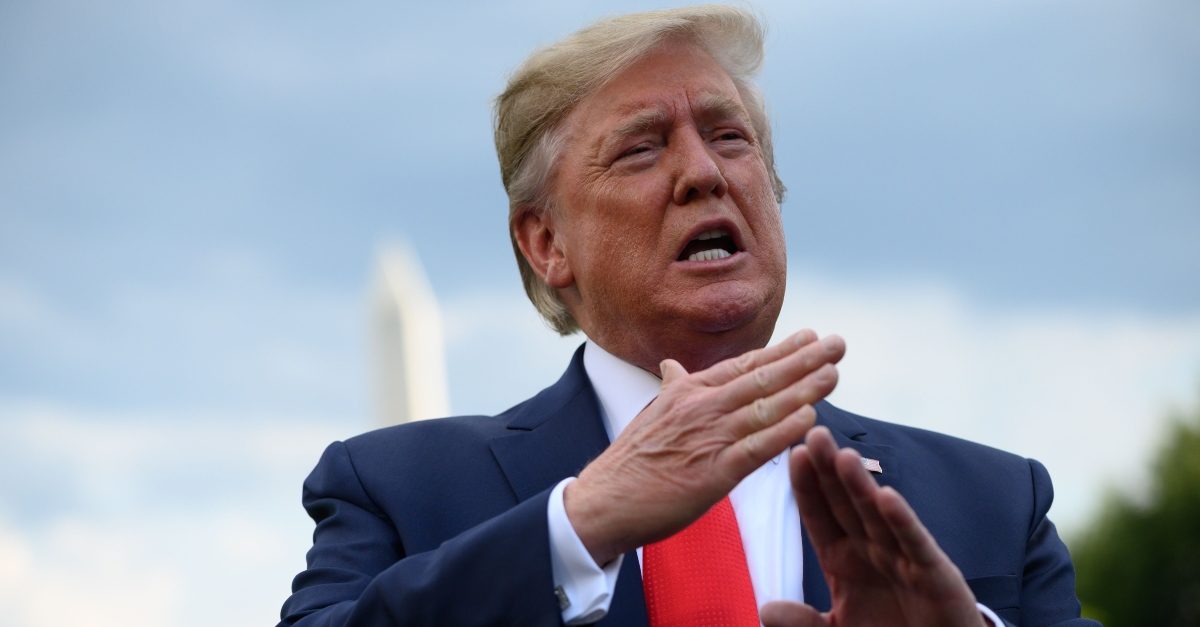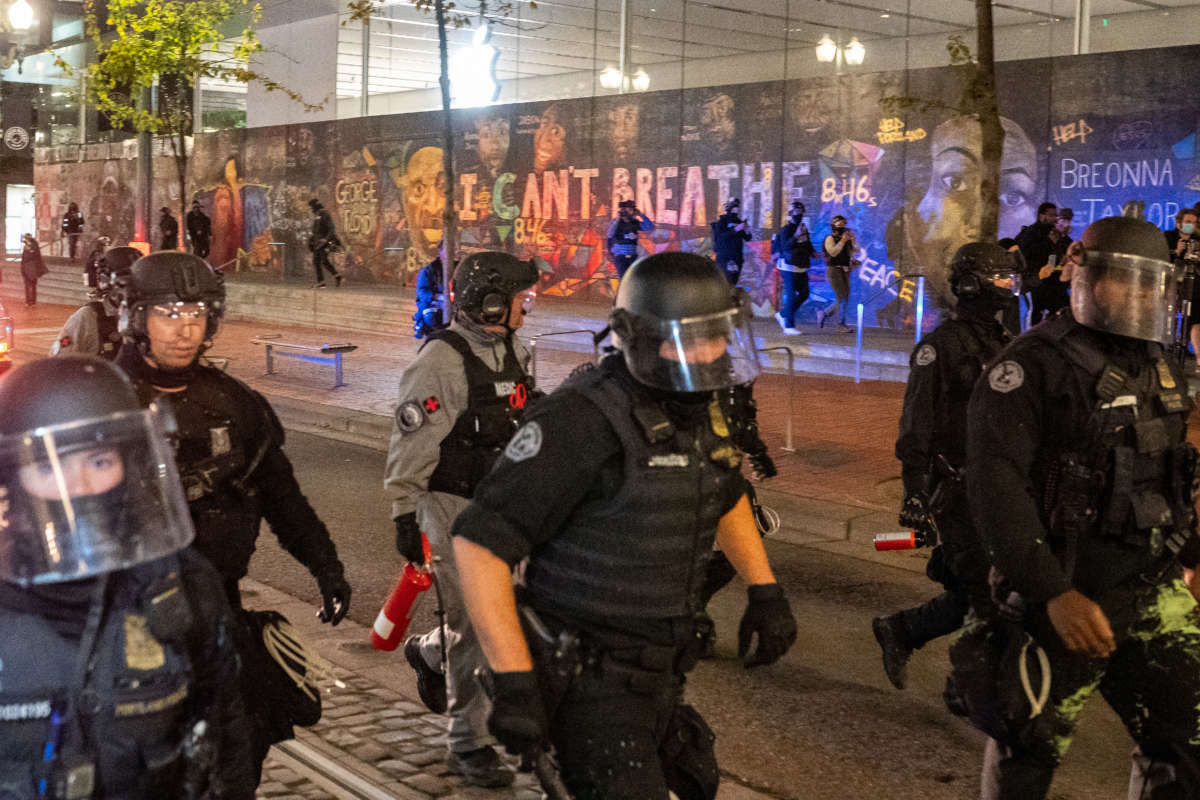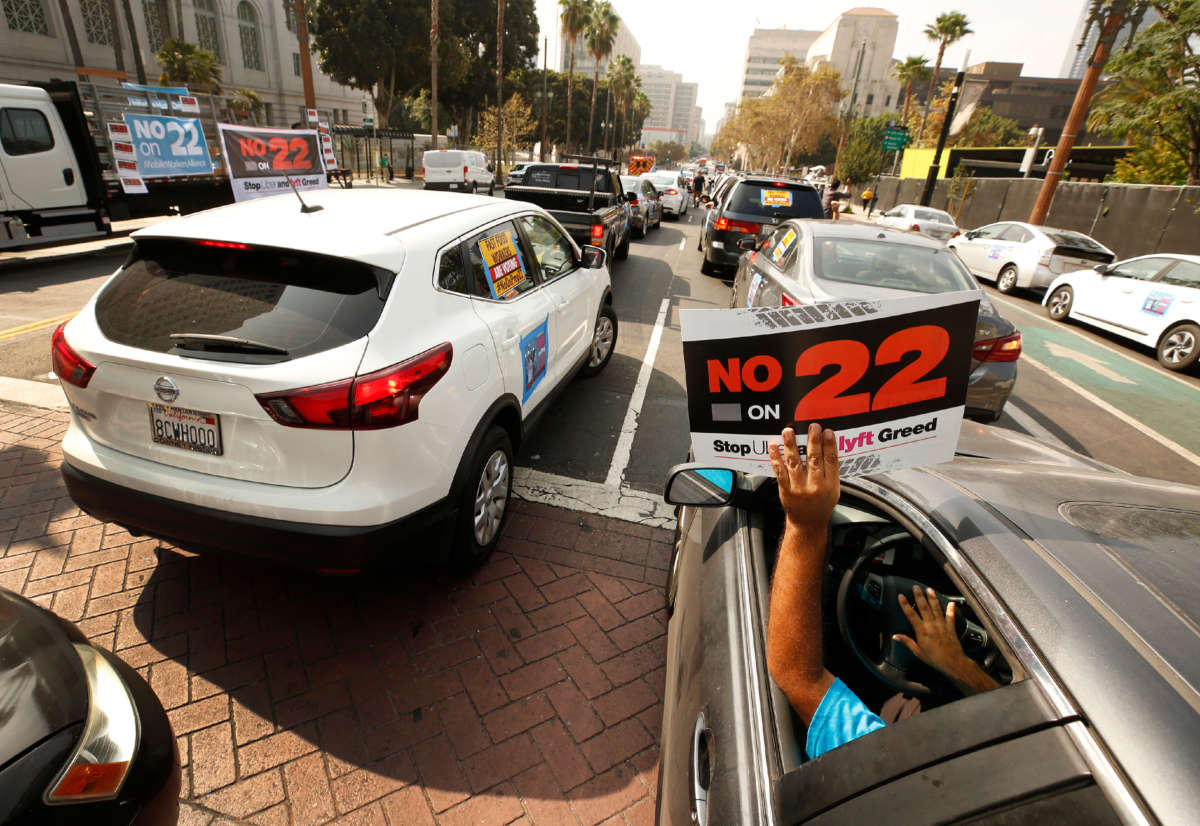Meatless meat is going mainstream. Now Big Food wants in.
Companies are pledging to sell you more plant-based meat and dairy to fight climate change (and cash in on a growing trend).
/cdn.vox-cdn.com/uploads/chorus_image/image/68593290/1183778239.0.jpg)
In a year of splashy news for plant-based meat — skyrocketing sales! the new McPlant! —one of the biggest developments in the field went oddly underreported.
In the last three months of 2020, some of the biggest companies in the world announced major moves into the plant-based meat space.
In September, Tesco — the UK’s largest supermarket chain — announced plans to increase sales of plant-based products 300 percent by 2025. Last month, Unilever — the world’s 19th largest food and beverage manufacturer — set a new annual global sales target of $1.2 billion from plant-based meat and dairy within the next five to seven years, about five times what it forecasts it will make from plant-based sales in 2020. And a few days later, Ikea announced that half its restaurant meals and 80 percent of its packaged food offerings would be plant-based by 2025.
Those announcements were just the latest notable steps some major restaurant chains and food companies took in the last year or so toward plant-based products. This isn’t Big Food’s first foray into plant-based meat and dairy, though. Over the last few years, some food companies have acquired plant-based startups or launched their own meatless meat products. But these latest announcements — pledging to significantly increase plant-based sales by 2025 — represent a much bigger investment in the future of animal-free protein than we’ve seen in the past.
These moves have largely been made in response to growing consumer demand. The last few years have seen the new wave of meatless meat achieve something of mainstream status, and the pandemic has only added to the momentum. Concerns about the spread of the coronavirus at meatpacking facilities and supply-chain troubles at grocery stores early in the pandemic seemed to contribute to greater demand for meatless meat.
Some of these companies are touting their pledges as initiatives to help them meet their broader sustainability goals, which is a good bet. Meat, milk, and egg production accounts for 14.5 percent of greenhouse gas emissions, and in numerous reports scientists have called on world leaders to use dietary change as a tool to curb emissions. Despite animal agriculture’s outsized impact on the environment, governments have been slow to enact policies to reduce animal product consumption, so these corporate pledges are meaningful steps in the fight against climate change and our hyper-industrialized farming system.
To be sure, these recent pledges are voluntary, and progress on corporate sustainability has been mixed. A recent Bloomberg analysis found that out of 187 companies that set climate pledges to be achieved by 2020 or earlier, three quarters of the companies met their goals — but some goals were quite modest, and a tenth of companies didn’t even report their progress.
So time will tell if companies make good on their word to significantly increase their plant-based offerings. For now, these moves are worth cautiously celebrating. Plant-based meats account for a tiny portion of US meat sales, but the upside seems obvious to the industry. Big Food isn’t composed of nonprofit organizations, and the largest among them have a fiduciary responsibility to their shareholders to maximize returns. A move to invest more in plant-based food suggests they think there’s a real market here.
Plant-based food enters the mainstream
Once a niche sector reserved for vegetarians, plant-based food has crept into the mainstream over the past few years. The percentage of vegetarians and vegans has remained low — about 5 percent and 3 percent respectively — but the number of “flexitarians,” people who often turn to plant-based foods instead of animal products, seems to be rising. (There is no standard measure of how much or how little meat is included in such diets, however.)
In 2018, more than one in three Brits said in a consumer survey that they had recently reduced their meat consumption, up from 28 percent in 2017. Similar trends have been reported in US consumer research, as 36 percent now say that they follow a part-time carnivorous lifestyle. During those years, the market for plant-based foods in the US grew to $3 billion, and today it’s at $5 billion.
So what happened? How did plant-based food go from niche to mainstream?
According to insiders, health and sustainability are the driving forces.
“We see several trends in plant-based food and beverage driving people to enter and explore the category,” says Domenic Borrelli, who oversees plant-based products for yogurt maker Danone, which in 2018 pledged to triple its worldwide plant-based sales to around $6 billion by 2025. “Some are following the latest wellness trends, incorporating plant-based alternatives into their diets as a step toward their personal health. … Some choose plant-based for dietary reasons, such as lactose intolerance. Consumers also opt for dairy alternatives to be mindful of our planet.”
Earlier this year, Panera Bread announced that it plans to make half of its menu items vegetarian or vegan by 2021, citing sustainability goals and its growing base of flexitarian customers, and Nestlé, the world’s largest food company, announced plans to open its first plant-based food production facility in China.
Sodexo, the third-largest foodservice company in the US, which provides food at hospital and university cafeterias, is also backing plant-based food. Last year, it committed to reduce carbon emissions by 34 percent by 2025, and anticipates that half of its carbon reduction target globally will be achieved through changes in its supply chain, including increasing plant-based purchases.
“In order to achieve this target,” says Lara Seng, who manages sustainability initiatives for Sodexo, “we must address the emissions related to our supply chain, of which 70 percent result from animal-based food purchases in the United States.”
Indeed, industrial animal agriculture is wreaking havoc on our planet. The rearing of livestock is not only a major driver of climate change; it’s also a leading cause of other environmental problems like soil degradation, water and nutrient pollution, and biodiversity loss. Raising animals for food is a resource intensive practice: One-third of the planet’s arable land is used to grow crops as farm animal feed, and those crops are responsible for nearly one-third of all the water used in agriculture.
“Of note, a half-gallon of Silk [the soy milk brand] takes significantly less water to produce than traditional dairy milk,” Borrelli says.
You might think that consumer awareness around the health and sustainability benefits of plant-based foods especially among millennials and Gen Z is the main driver of the trend. But that’s only a small part of the story.
Research suggests that people primarily choose food based on three factors — taste, price, and convenience. And for a long time, vegan food was — to put it kindly — gross, expensive, and hard to find. But that began to change when leveled-up versions of plant-based meat became available.
Startups like Beyond Meat and Impossible Foods poured many years and many millions of dollars into research and development, innovating plant-based products that rivaled the taste, texture, and even the smell of their animal-based counterparts. Rather than market them to vegetarians, these startups appealed to flexitarians and meat-eaters, partnering with athletes like Kyrie Irving and Shaquille O’Neal and celebrities like Snoop Dogg, Kevin Hart, and Octavia Spencer to appear in their advertising.
At the same time, according to Julie Emmett of the Plant Based Foods Association, “new data-driven initiatives like placing plant-based meat in the meat department” drove sales even higher. And finally, plant-based burgers on Burger King and White Castle menus turned the plant-based trend into a food industry mainstay.
Then the pandemic hit.
Pandemic boosts plant-based sales
In the early months of the coronavirus crisis, a wave of meatpacking plants shuttered, as workers — who toil shoulder to shoulder — got sick. These closures created temporary meat shortages, which caused Wendy’s to run out of hamburgers and supermarkets like Kroger and Costco to place restrictions on the amount of meat that customers could buy. Where it was available, prices went up.
Amid slaughterhouse closures, plant-based food sales — including everything from vegan cheese to tofu — enjoyed a boost, increasing 90 percent in mid-March compared to sales during the same time last year. In the following month, plant-based food sales grew 27 percent faster than in 2019 and 35 percent faster than the food category in general.
Plant-based meat in particular boomed. Grocery store sales of meatless meat increased 264 percent during the first nine weeks of the pandemic.
“The pandemic disrupted consumer food purchase behavior, as out-of-home consumption in restaurants and non-commercial foodservice plummeted and consumers shifted to more in-home consumption sourced from retail and direct-to-consumer channels,” says Kyle Gaan, a researcher at the Good Food Institute (GFI), a nonprofit that promotes meat alternatives. (Disclosure: I worked at GFI for a year, beginning in 2015.)
“This shift in consumption seems to have led to new consumers trying plant-based meat and integrating it as a regular part of their diet,” Gaan notes.
Gaan cited research that found in the US, 18 percent of alternative protein buyers purchased their first plant-based protein during the pandemic. And in Germany, the UK, and the Netherlands, 80 percent of consumers said they were likely to continue eating plant-based meat alternatives beyond the pandemic.
This tracks with what some Vox readers are saying. Over the summer, Vox staff writer Sigal Samuel surveyed readers about what pandemic habits they want to continue once the pandemic is over, and eating less meat was one of them:
Specifically, people want to cook more vegetarian meals and lean away from meat-eating. The impulse seems to be coming not only from the fact that there are meat shortages in some US grocery stores, but also from the knowledge that a live-animal market in China may have given rise to the coronavirus and that the giant factory farms that supply 99 percent of America’s meat are a pandemic risk, too.
But advocates of flexitarianism should temper their excitement. Even as plant-based meat has surged, the appetite for animal-based meat has proven resilient. Some experts predicted the coronavirus could cause a record drop in meat consumption; now, the USDA predicts Americans will eat just one less pound of meat in 2021 than they did in 2020. US meat production bounced back in the fall.
How Big Food could get plant-based wrong
There is another reason for skepticism about the emergence of the new wave of meatless meat — and specifically the decision by Big Food companies to enter the market.
Despite major food companies betting big on plant-based, the vast majority of their sales will still come from foods they themselves admit are unsustainable. For example, last month Greenpeace and the Bureau for Investigative Journalism documented Tesco and other companies selling meat from chickens that had been fed soy that was grown on deforested land in the Amazon rainforest.
Kari Hamerschlag, deputy director of food and agriculture at Friends of the Earth, an environmental nonprofit, made a similar argument for Vice in September: “I actually think that these large company investments will do very little to cut the massive impact of the world’s largest meat companies,” she said, commenting on the rise of animal-based meat companies like Tyson and Perdue that had developed their own versions of familiar plant-based foods like burgers and chicken nuggets. “Unless these companies actually slash their emissions, then they are not doing what they need to do to address the climate crisis.”
Certainly the early entrants in the space have some mixed feelings. “Because our mission is so urgent we welcome any and all companies to this work,” says Jessica Appelgren, a spokesperson at Impossible Foods. “Issues arise, however, when market entrants create sub-par products that negatively influence a consumer’s experience of meat made from plants. ‘Plant-based anxiety’ is a real barrier to long-term adoption and we can only control the taste of our own products.”
The evidence backs up Appelgren’s concern. Despite enthusiasm for plant-based meat, not everyone has given it a try yet. A survey suggests that among those who have tried it, 18 percent of people associated plant-based meat with poor taste, though whether they didn’t like what they had in the distant past or what is available today is unclear. Mouthfeel — how well faux meat producers can imitate the texture and chewiness of meat — in particular may be lagging behind, as 31 percent of respondents in a separate survey said they found the texture of plant-based meat was not similar to animal-based meat. If the plant-based market is going to continue to grow, it’ll need to win over more customers, and have them come back again and again.
So there is much to be wary about. But there is also much here to be hopeful for. Unlike the young, smaller vegan startups, these titans of industry are swimming in capital and therefore are capable of not just meeting the demand for these plant-based options, but also increasing it. They have huge distribution channels that date back decades, as well as the resources to innovate on these existing products, manufacture large quantities of them at a cost-competitive price, and pay fancy PR and advertising firms to market them.
The reality is that we’re not on the verge of plant-based meat dominating the $1 trillion global meat market. Plant-based meat still makes up less than 1 percent of meat sales in the US — where the market is most developed — and even less globally. In fact, animal-based meat consumption is rapidly rising in much more populous countries like China and India, as people tend to eat more meat as they climb out of poverty. But the fact that big food companies are bullish on plant-based meat is, on the whole, good news in the fight for a more sustainable world.
“Meat is the largest segment of the food category globally, and we’ve just begun to scratch the surface,” a Beyond Meat spokesperson said, echoing an upbeat take on the matter. “It is really exciting to be in such an emerging space where there is a lot of energy and enthusiasm for the category we’ve created.”
If you can’t beat them, why not welcome them when they join you?
Brian Kateman is the co-founder of the Reducetarian Foundation, an organization advocating for the reduction of animal product consumption.



/cdn.vox-cdn.com/uploads/chorus_image/image/68592515/1265208944.0.jpg)
:no_upscale()/cdn.vox-cdn.com/uploads/chorus_asset/file/22172284/2716364.jpg)
:no_upscale()/cdn.vox-cdn.com/uploads/chorus_asset/file/22172296/566464315.jpg)
:no_upscale()/cdn.vox-cdn.com/uploads/chorus_asset/file/22172300/50612931.jpg)








